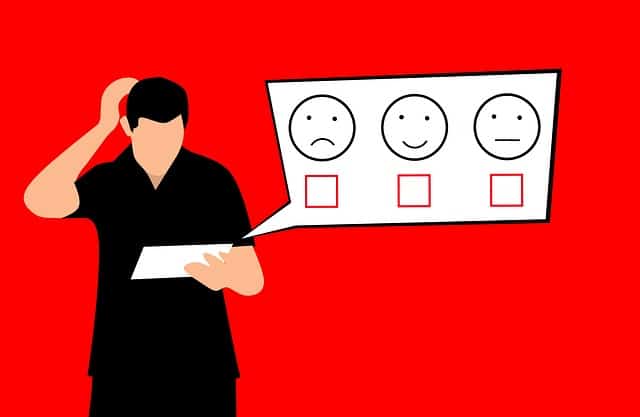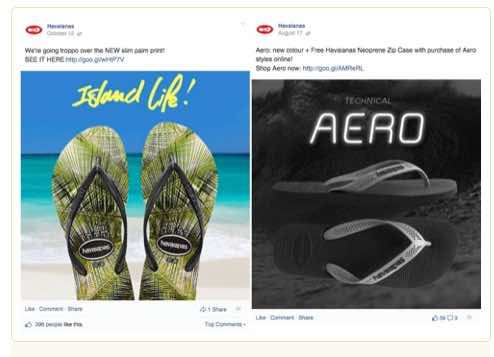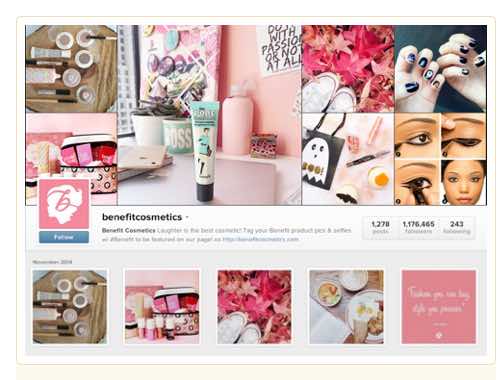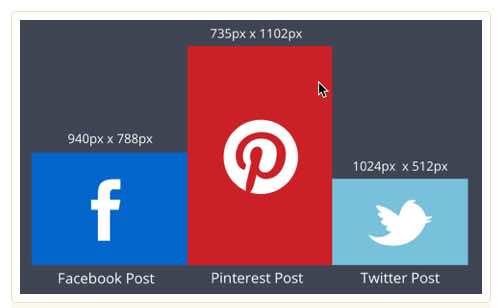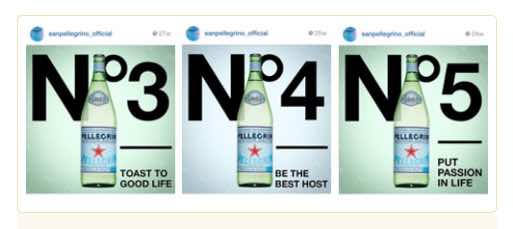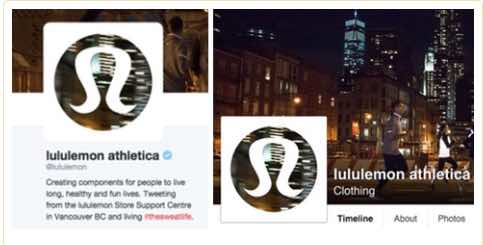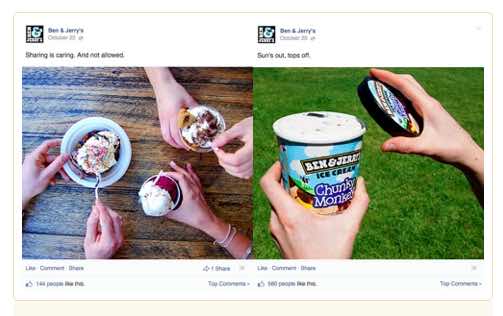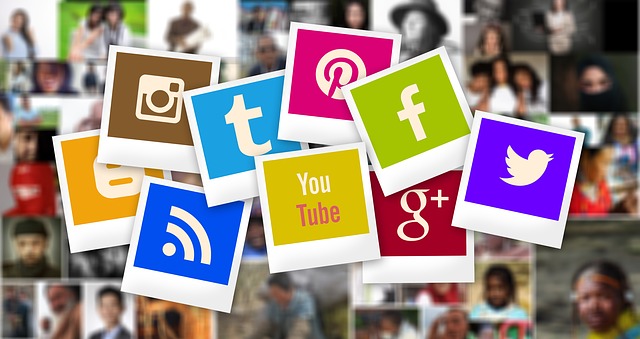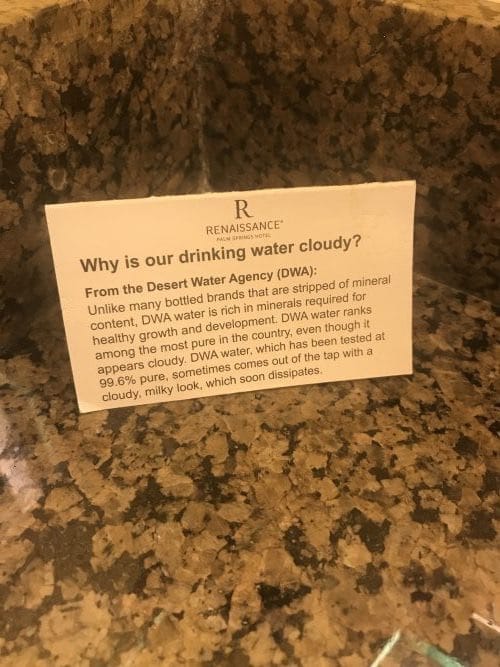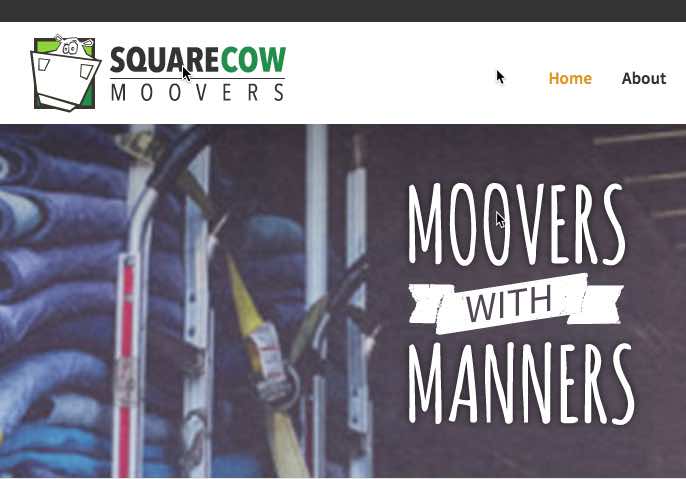
How Emotional Ads Work Best to Engage Your Customers *
Emotional Ads Work Best to Engage Customers
Most of us understand that the ads which engage us emotionally work better than those that don’t. I could hear many marketers utter a simultaneous “duhhhh!” when they read that.
You might find it surprising that many business owners still don’t believe that they are swayed by messages that speak to their emotions when making purchase decisions. These individuals continue to believe that buying is driven by facts.
For these super-rational decision makers lets look at some hard data….
How Brands Survive and Grow
I was discussing the book Brand Immortality by Pringle and Field with some colleagues earlier this month. An interesting finding from that book that I’ll share with you is an analysis of data from the IPA. This is the UK-based Institute of Practitioners in Advertising.
Included in the IPA dataBANK are over 1400 case studies of successful advertising campaigns submitted for the IPA Effectiveness Award competition over the last three decades. This analysis of the IPA data gauged the increased profitability of ad campaigns using emotional ads compared to using rational ads and using information to increase profits. The chart below compares the campaign results.
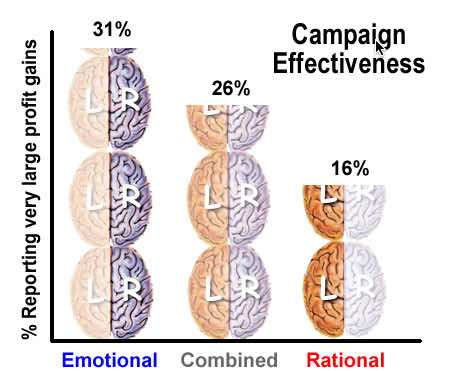
Analyzing the existing data, it was discovered that campaigns with purely emotional content outperformed those with purely rational content by nearly 2 to 1. They found the gap of to be 31% vs. 16% in favor of emotion based ad campaigns.
They took it a step further and compared emotion based campaigns to those that mixed emotional and rational content. Purely emotional campaigns still out performed these by 31% vs 26%.
Our Minds Process Emotions Unconciously
Why do ad campaigns based on emotions work better? Pringle and Field attribute these results to how our brain’s process emotional input. Our mind’s do this without conscience processing by us.
The authors do note that using an emotional marketing campaign may be more effective. The downside is that it’s not easy to create ads that effectively engage consumer emotions. However it’s is pretty simple to base a campaign on an “actual killer advantage”.
If you conduct an emotional campaign that is not based in reality, your brand can suffer actual damage to it’s reputation. Pringle and Field suggest that an emotional branding approach be “hard-wired into the fabric of the brand.”
This requires a major commitment as well as a good understanding of consumer motivation. They cite Nike’s overall theme of “success in sport” as an example of a brand that focuses on a key emotional driver and builds advertising, sponsorships, etc. around it.
Market Leaders Dominate Emotional Branding
Pringle and Field note, smaller brands can’t successfully follow the same emotional branding approach as the market leaders. However you may be able to segment your marketing and find a group of consumers that will respond to their unique appeal.
Ben & Jerry’s and Jones Soda, for example, aren’t the biggest players in their fields, but they have achieved success by appealing to smaller consumer segments.
Small Businesses Face Unique Challenges
Smaller brands do face additional challenges. Their brand name recognition is likely lower. An emotion-based campaign may confuse consumers who don’t connect the brand and product category.
Budweiser can run amusing and engaging commercials about Clydesdales and Dalmatians because 100% of the audience knows their products. A small business might have to take a “combined” rational and emotional approach even if it is slightly less effective. Or their emotion-based ads must clearly identify their product.
Emotion-based ads may be more difficult to create, but statistics tell us that it’s worth the effort.


